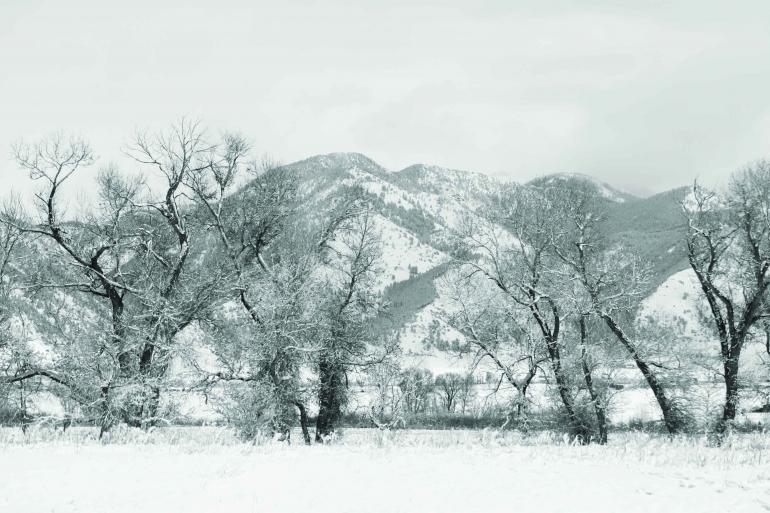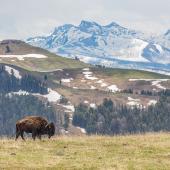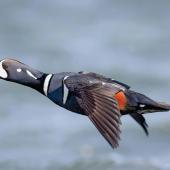Winterizing
It’s easy to rebuff Old Man Winter by ducking inside, stoking up the woodstove, and thumbing your nose at the howling winds beating vainly on the windows. But what about your botanical buddies outside? Think they’re having a good time, completely unprotected while winter rages on? There’s a reason your property’s plant life looks so scraggly in the spring—they’ve gotten their asses kicked for five long months. The good news is that with some preparation and planning—plus a little elbow grease—you can mitigate the damage to your home’s valued arboreal accoutrements. If you want your trees, lawn, and garden to come through in good shape next year, follow the advice of these local experts.
Please Your Trees
by Jeff Pheil
Winter can be hard on trees—especially in Montana. Thankfully, preparing your trees for winter is easy. First, watering in October should be on a very limited basis. Shut off any irrigation systems and selectively water younger trees that may not have a fully established root system.
Before your trees lose their leaves, prune any dead branches. Cleaning dead wood will allow the process known as “compartmentalization of decay.” Simply put, the tree grows over a wound and prevents rot. This occurs as the tree grows in the spring, but chances are if you don’t do it in the fall, you’ll miss out on some of the spring growth.
Almost all of a tree’s spring flush of growth is from stored nutrients in the fall—which is why you should consider deep-root fertilization with a high-quality, slow-release fertilizer, or mulch around the base of your trees. Studies show you can double the active microbes in the soil by mulching, as well as increasing water retention by up to 30 percent.
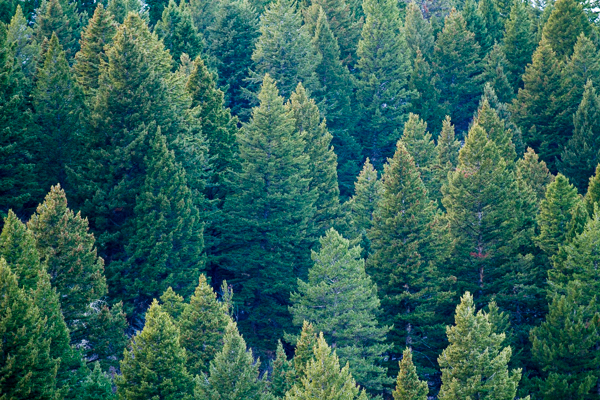
Voles can destroy a tree or shrubs by feeding on the bark during the winter, so it’s important to put trunk protectors on your shrubs and small trees. Using a deer control product to protect plants can help, too.
Lastly, younger evergreens benefit from an application of a winter antidesiccant. These trees are especially vulnerable to losing water through their needles, because they’ve had so much of their root system pruned during transplanting. An antidesiccant, applied after the trees have gone dormant, slows this process. You can also water the canopy of the tree during the winter on sunny days when the temperature climbs above freezing.
Certified Arborist Jeff Pheil owns Bozeman Tree, Lawn & Landscape Care; he can be reached at 522-8733 or by visiting bozemantreeservice.com.
Harden Your Garden
by Jan Cashman
Our winters here in southwest Montana are hard on gardens because of our extreme temperature variations and unreliable snow cover. Take these steps to give your valuable plants every chance to survive.
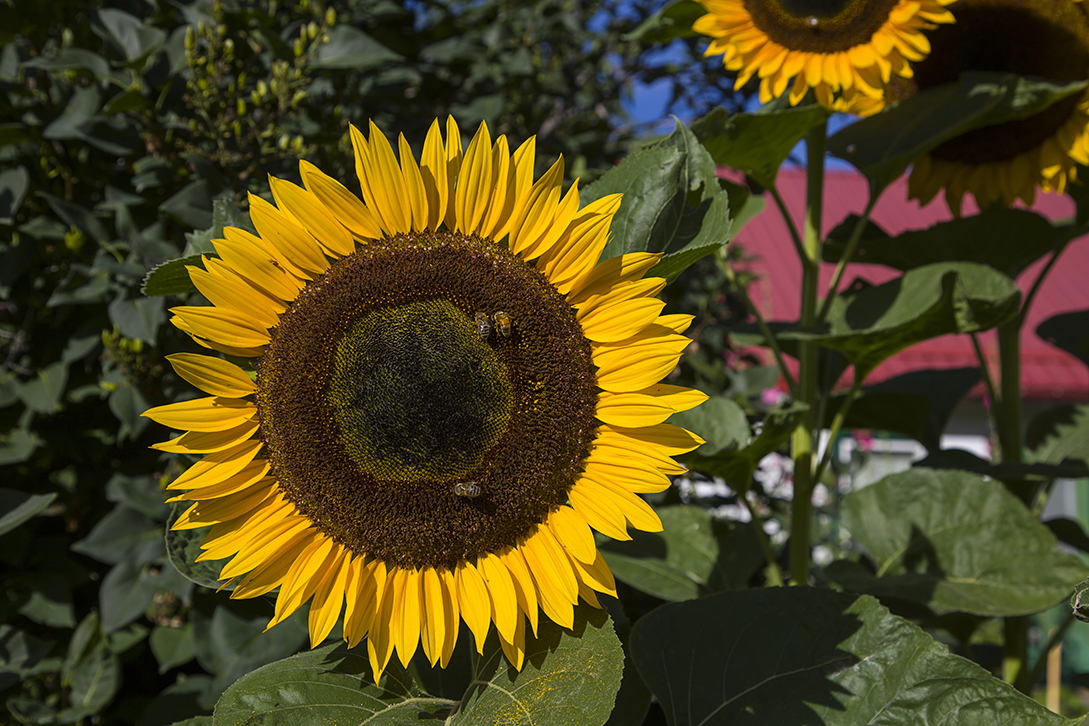
To prevent apples from freezing on the tree, pick them if the temperature is going to fall below about 25 degrees. Protect fruit trees from deer with fencing or repellants and from sunscald and voles by wrapping their trunks. Cut back dead raspberry canes to the ground and thin new shoots to one every six inches. Mulch any tender strawberry plants.
Protect tender hybrid tea roses with extra soil and mulch or rose cones. Pull and compost your annual flowers and vegetables once they’ve turned brown, as leaving them gives voles and insects a place to winter. Cut perennial flowers back, except those that have winter appeal, such as tall sedums and ornamental grasses.
Jan Cashman owns and operates Cashman Nursery and Landscaping in Bozeman. Visit cashmannursery.com or call 587-3406.
Love Your Lawn
by Bruce Lange
For a lush, green lawn next spring, start this fall. There are a few things you can do now to be the envy of all your neighbors—because you’ll be on the river, not a care in the world, while they’re still stooped over brown patches in their yards. Start by fertilizing your lawn sometime between early September and the middle of October—it’s not recommended to fertilize after that, as this leaves the grass vulnerable to freezing and drying out. Pick a fertilizer with low nitrogen and high potassium, which promotes good root growth and helps the plant store carbohydrates and sugars for the spring. Water the fertilizer in well.
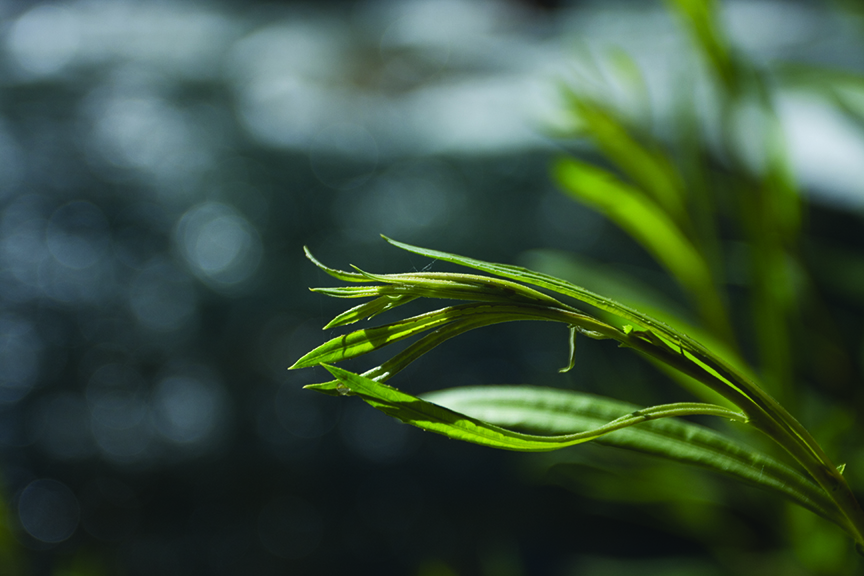
Next, lower your mower height as low as you dare go—a short lawn lessens the impact from snow mold, provides less food source for mice and voles, and gives you a sooner green-up in early spring, Remember to remove fallen leaves and any grass clippings as they will block the lawn from getting essential sunlight and air during the winter when the snow has momentarily melted off. By following these tips, you should have a healthy and vibrant lawn come spring.
Bruce Lange manages Springhill Sod Farm in Bozeman. For more information, or to talk to Bruce, visit springhillsodfarm.com or call 587-4858.



